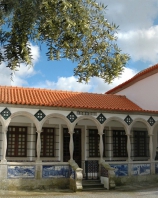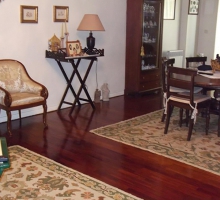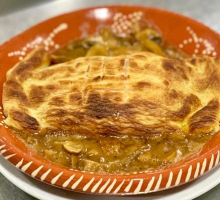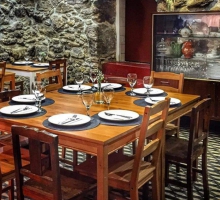Popularly known as “Cork Museum”, the Santa Maria de Lamas Museu is a peculiar case in the history of Portuguese 20th century historiography. Focusing on the personality of a collector (Henrique Amorim), the museum’s project preserves the notion of turning a private asset – a collection – into an institution for public benefit – a museum. It is a truly singular collection, which has been recovered and reorganized after 2004, providing its audience with Sacred Art (gilded woodcarvings; imagery; paintings; furniture and liturgical objects); Ethnography; Iconography of the Founder; Civilian Furniture; Portuguese and foreign sculpture from the late 19th century to the first half of the 20th century; Natural Sciences; Tapestry; Tiles; Cork/cork conglomerate sculpture, and Industrial architecture (machinery used in the beginnings of the cork processing industry. One of the highlights of the Museum is its Educational Service, which, with theoretical and leisure quality, raises the visitor’s awareness to the art itself, its typological and thematic diversity, cultural heritage and conservation. It is a socially active space with cultural and educational relevance, which evoques histories and stories, thus contribuiting to strengthen and divulge the knowledge of Portuguese heritage.
Location: Santa Maria da Feira



